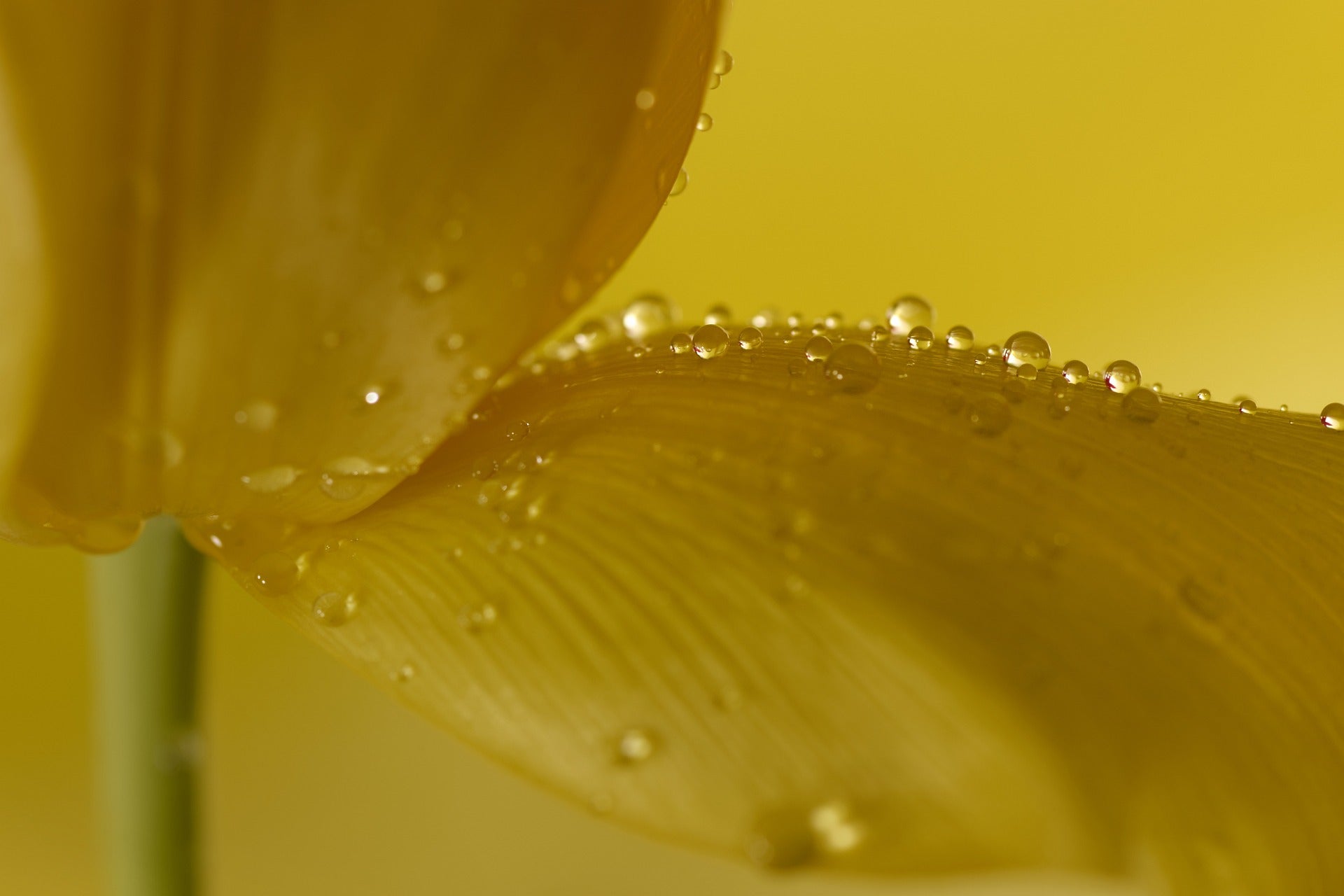
Anointing Oil: A Look into the Origins of Frankincense and Myrrh
Frankincense and myrrh are two plant-based products that have been around for thousands of years. They are commonly associated with Christmas stories, but they have a much deeper history that dates back to ancient times. In this blog, we will explore the origins of frankincense and myrrh, their uses, and the importance of sustainably harvested anointing oil.
Frankincense and Myrrh: A Brief Overview
Frankincense and myrrh are both resins, which are dried tree sap. They come from trees of the genus Boswellia (frankincense) and Commiphora (myrrh), which are common to Somalia and Ethiopia. The sap is collected by cutting the tree's bark, causing the sap to ooze from the cut. The sap used to create both frankincense and myrrh comes slowly and is allowed to dry on the tree for several months. The hardened sap is then collected and used as frankincense and myrrh.
Frankincense
Frankincense, also known as olibanum, is primarily used for its lovely fragrance, although historically, it also had medicinal uses. The young trees furnish the most valuable gum, a milky white ooze that hardens to a tear-shaped droplet with a translucent golden hue. Frankincense is harvested from naturally occurring stands of Boswellia trees that have never been domesticated. It can take up to 25 years before the resin can be harvested from the tree, but if harvested sustainably, the trees are long-lived.
Unfortunately, habitat degradation and overharvesting are leading to a decrease in the number of trees from which resin can be harvested. Overharvesting weakens the tree's defenses against pests and disease, and the seeds from overharvested trees are less likely to germinate, resulting in fewer new trees. Fire and overgrazing by livestock are also keeping the number of new trees at a low level.
To restore populations, it is essential to plant more trees, cease burning practices, and add fences to protect from overgrazing. It is also important that consumers buy frankincense products that are sustainably harvested.
Myrrh
Myrrh is collected from a small 5 to 15-foot tall tree about one foot in diameter called the dindin tree. The tree looks like a short flat-topped hawthorn tree with gnarly branches and sparse leaves that grow in groups of three. The whitish-green flowers appear before the leaves in the spring. The plant looks scrubby and desolate among the rocks and sands of the desert.
True myrrh is crumbly and dark red inside. The exterior is white and powdery. The best myrrh has little odor and no oily texture. High-quality myrrh demanded the best prices in the Roman Empire, but it did not ship well.
Uses of Frankincense and Myrrh
The most common use for frankincense and myrrh, past and present, is as incense. It is also used in essential oils, natural medicines, and perfumes. Myrrh is also used medicinally, as an embalmer, in cosmetics, and today myrrh is found in some flavorings.
Anointing Oil: Sustainably Harvested Frankincense and Myrrh
Today, you can find frankincense and myrrh for sale at stores and on the internet. However, not all products are created equal. The product you purchase may be resin from another Middle Eastern tree and not the real stuff. It is essential to ensure that you are buying sustainably harvested frankincense.
The anointing oil is another important use of frankincense and myrrh that is deeply rooted in history and tradition. In ancient times, anointing oil was used to consecrate objects, people, and sacred spaces for religious purposes. It was also used to anoint kings and priests, as well as to anoint the sick for healing. The practice of anointing with oil is still used today in some religious traditions, and the use of anointing oil made with frankincense and myrrh is particularly meaningful due to their spiritual significance.
Frankincense and myrrh are said to have many therapeutic properties, including anti-inflammatory, analgesic, and antimicrobial effects. They are also believed to have a calming effect on the mind and emotions, making them a popular ingredient in aromatherapy and natural wellness products. When used in anointing oil, frankincense and myrrh are believed to have a spiritual healing effect as well as a physical one.
If you are interested in using anointing oil made with frankincense and myrrh, it is important to choose a product made with sustainably harvested ingredients. As mentioned earlier, over-harvesting can have a negative impact on the trees and the environment, so it is important to support companies that are committed to responsible sourcing and harvesting practices.
In conclusion, frankincense and myrrh are two natural products with a rich history and spiritual significance. From incense to anointing oil, they have been used for centuries for their fragrance, therapeutic properties, and sacred significance. As consumers, we can honor this tradition by choosing products made with sustainably harvested frankincense and myrrh and using them with reverence and intention.


Leave a comment
This site is protected by hCaptcha and the hCaptcha Privacy Policy and Terms of Service apply.